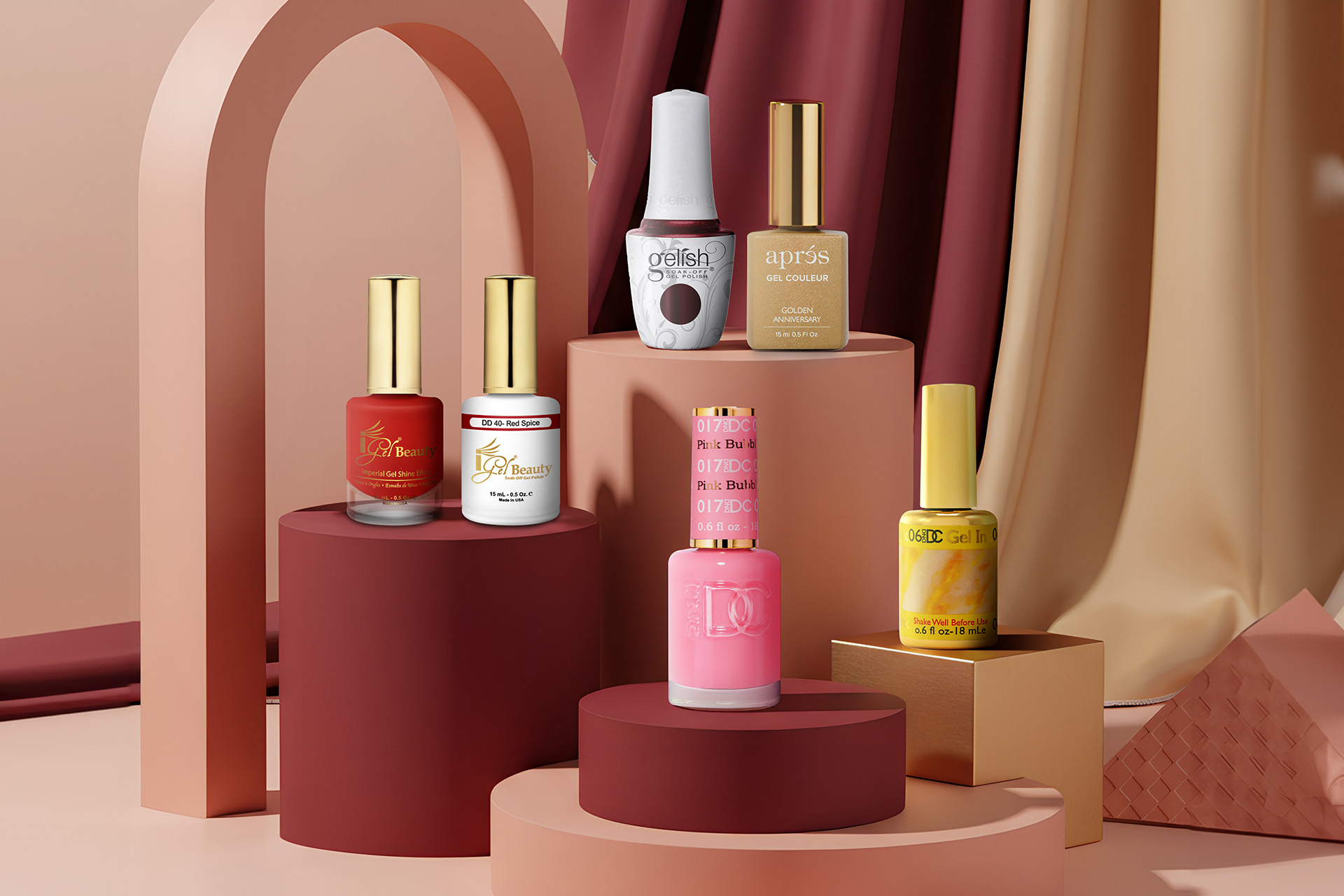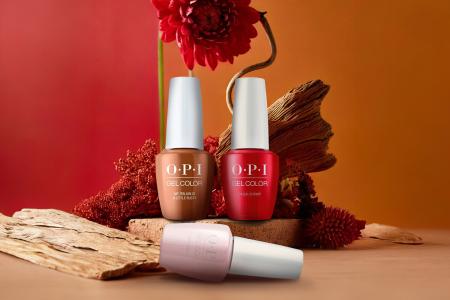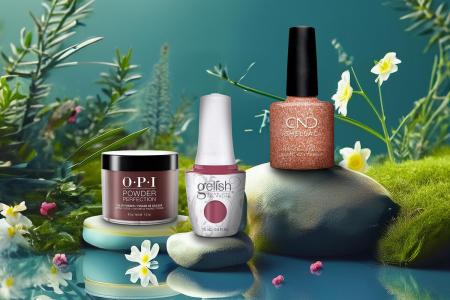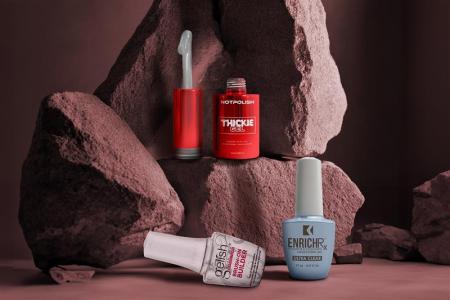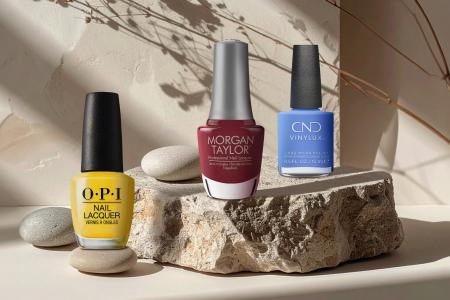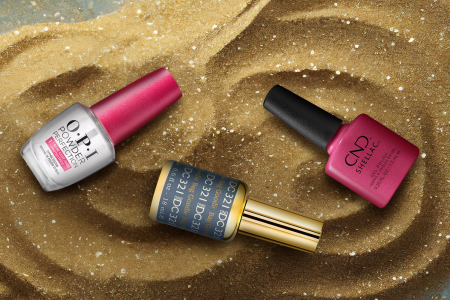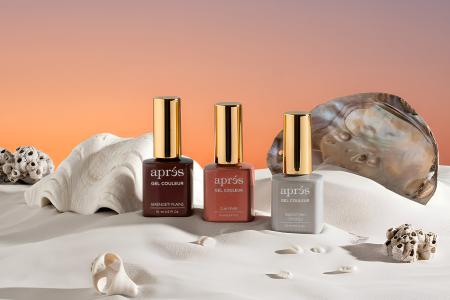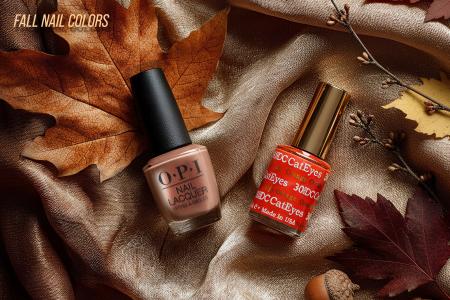Does Nail Polish Expire? Learn Everything About Nail Polish Expiration and Shelf Life
You’re at your vanity, looking at a collection of nail polishes that somehow seems to have multiplied over the years. That gorgeous shade you bought for a special occasion is still sitting there, untouched. And suddenly, the question hits you - does nail polish expire? Should you finally toss these forgotten bottles, or can they still be saved?
This is a dilemma nail polish lovers everywhere know too well. The short answer? Yes, nail polish can expire, but the timeline isn’t set in stone. Experts usually suggest using polish within 18–24 months after opening. But in real life, many collectors happily use bottles well past this, showing that checking the actual condition of your polish matters more than sticking strictly to dates.
In this blog, we’ll show you how to tell if a bottle is still good, spot the warning signs of expired polish, store your collection so it lasts longer, and even revive some of your old favorites. By the end, you’ll know exactly which polishes to keep and which to throw away.
How Long Can Nail Polish Last?
Most nail polish brands indicate a shelf life using the Period After Opening (PAO) symbol. This symbol, an open jar icon followed by a number like 12M, 18M, or 24M (M stands for months), is legally required in many regions for cosmetics with a shelf life exceeding 30 months.
Typically, opened bottles stay good for 18 to 24 months. However, many users report using their polish well beyond that without any issues. Unopened bottles, if stored properly, can last 2 to 5 years. Some vintage collectors even use polishes that are 10 to 20 years old, showing that official nail polish expiration dates are often very conservative.
So why the difference? Brands set PAO numbers based on safe, legal estimates that account for worst-case scenarios such as poor storage or contamination. In other words, the PAO is more of a legal safety net than a strict expiration rule.
How Does Nail Polish Type Influence Shelf Life?
Not all polishes age the same. How long a polish stays good really depends on the type and formula.
Thermal Polishes
Thermal polishes change color with temperature thanks to special pigments, but these pigments can be quite sensitive.
Brands usually recommend using them within 6-18 months for the color-changing effect because heat during shipping or storage can damage them. Some companies even avoid summer shipments for this reason.
That said, with careful storage in a cool, dark place, you might enjoy the color-changing effect for 4+ years.
On the flip side, some bottles may stop working in as little as 6 months, showing just how much lifespan can vary depending on how the polish is handled.
Chrome and Metallic Polishes
These polishes get their shiny, reflective finish from tiny metal particles. Over time, these particles can oxidize, which can dull the metallic look and affect how smoothly the polish applies.
Most chrome and metallic polishes last about 12-24 months after opening, though some brands suggest using them within a year for the best shine.
The good news is that keeping them out of heat and direct light can help preserve their finish a bit longer.
Indie Brand Polishes
Indie or small-batch brands often use unique ingredients and different preservatives compared to mainstream polishes.
Because of this, their shelf life can vary a lot. Many indie polishes claim 18-36 months from manufacturing. Things like batch freshness and storage conditions play an even bigger role here. Each indie polish can behave differently, so it’s worth checking each bottle and being mindful of how it’s stored.
What Signs Prove That Your Nail Polish Has Gone Bad?
Instead of just looking at dates, pay attention to what your polish is telling you. The color, texture, and smell are the real indicators to show if your nail polish has expired or not.
Visual and Texture Clues
Thick or Clumpy
Solvents can evaporate, leaving a polish that’s thick and hard to spread. This often happens if the bottle isn’t sealed tightly or has been exposed to temperature swings.
As celebrity manicurist Sarah Gibson Tuttle explains, “If you notice your nail polish becoming thick and difficult to apply, it’s often a sign that it’s reached the end of its shelf life.”
Separation
If you see clear layers on top and pigments sinking to the bottom, shake or roll the bottle gently. If it doesn’t mix back together, it’s probably done.
Color Changes
Fading, dullness, or weird color shifts are signs the polish is breaking down. Older polishes might yellow or brown if they’ve been in sunlight.
Chunks or Crumbles
If the polish forms little clumps or a crumbly texture, it’s beyond saving.
Smell and Application Issues
Odd Smells: Nail polish has a familiar chemical scent, but if it starts smelling rancid or unusually strong, it’s past its prime.
Patchy Application: Expired polish often goes on unevenly, leaving streaks.
Peeling or Chipping Quickly: If your polish chips within hours even when applied correctly, the formula has lost its grip.
How To Improve Shelf Life of Your Nail Polish?
The storage environment makes a huge difference in how long your polish lasts. Follow these simple tips, and your favorite bottles can stay usable way past the “official” expiration dates. Some of these points you’ll already find them written on your bottles.
Keep Them in Cool Surroundings
Room temperature is best, around 68-72°F, and away from heaters or sunny windows. Hot or fluctuating temperatures make the polish dry out faster.
Keep Them Away From Direct Sunlight
Sunlight can mess with both the color and the formula. Keep your bottles in a dark drawer or a box so the polish stays true and lasts longer.
Don’t Keep Them in Your Bathroom
Bathrooms are full of humidity and temperature swings from showers or heaters. A bedroom drawer or a dedicated shelf is a much safer home for your collection.
Seal It Tight and Keep the Neck Clean
Wipe the bottle neck with a little acetone every now and then. This stops dried polish from gumming up the cap, which keeps the seal tight and air out. Air is what makes polish go thick and clumpy.
Store Them in Fridge
Some collectors refrigerate their polishes for long-term storage. If you try this, bring the bottle to room temperature gradually before using it to avoid condensation in the polish.
What Happens If You Use Expired Nail Polish?
Using old nail polish isn’t just annoying, it can actually ruin your manicure. You might notice streaks, uneven color, or chips showing up way too fast. Basically, your nails won’t look neat no matter how carefully you apply it.
Watch Out for Chemicals
Even fresh polish isn’t completely harmless. Ingredients like formaldehyde, toluene, and dibutyl phthalate (sometimes called the “toxic trio”) are in some formulas and can be irritating. As polish gets older, these chemicals can change a bit, which might make your skin react differently than it did before.
Possible Allergies
Old polish can surprise you. Evaporated solvents or chemical breakdown can make a previously safe polish start itching or causing redness. Nail pros see clients with mild to serious reactions when using old or badly stored polish.
Bacteria & Contamination
Normally, bacteria don’t grow in nail polish because of the chemicals, but dirty brushes or leaving caps loose can bring in germs. Using contaminated polish can lead to infections, so if a bottle smells off or looks weird, it’s best to toss it.
Can You Restore Expired Nail Polish?
If your polish is starting to thicken or separate slightly, don’t toss it yet! With a few simple tricks, you can often bring it back to life without compromising safety.
Use Nail Polish Thinner
This is the safest and easiest method. Nail polish thinners replace lost solvents without damaging the formula. Just add 2–3 drops, seal the bottle, and roll it gently between your palms to mix it evenly.
Acetone Warning
While acetone can temporarily thin polish, it also breaks down the formula and reduces its longevity. Only use it as a last resort. Stick to thinners made specifically for polish whenever possible.
Gentle Heat Methods
You can use warmth to soften thickened polish. For slightly thick polish, place the closed bottle in warm (not hot) water for a few minutes. If the polish is very thick, holding the bottle over steam from boiling water works well to loosen it.
With these simple tips, even slightly thickened or separated polish can get a second life, saving your favorite shades from being tossed.
But, some polishes simply cannot be revived. Those polishes can be used in crafting projects, tool markings, jewellery sealing, thread locking, and more.
Take Control of Your Nail Polish Collection
“How long does nail polish last?” doesn’t have a simple yes-or-no answer. Manufacturers give conservative PAO guidelines mostly for legal protection, but in real life, your polish can often last much longer if it’s stored well and checked carefully.
By learning to spot real signs of spoilage, storing your bottles properly, and using restoration tricks when needed, you can make smart decisions about each polish in your collection.
That vintage OPI from 2015? It might still glide on perfectly.
That limited-edition bottle you splurged on last year? Poor storage could mean it’s past saving.
So next time you stand at your vanity wondering whether to toss or save, remember: the answer lies not in arbitrary dates but in understanding the story of each individual bottle.


